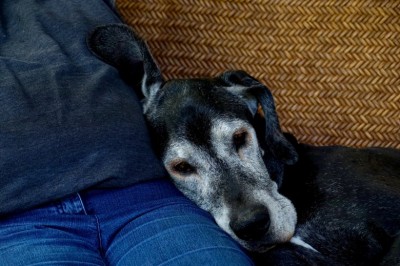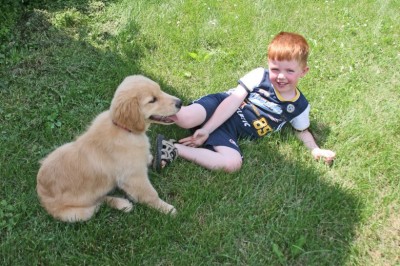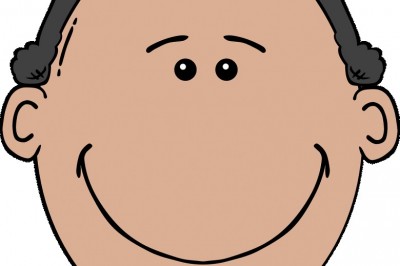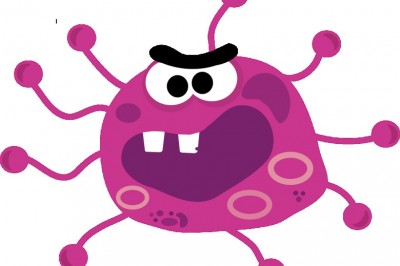Osteochondritis Dissecans: Dog Bones Disorder
In any joint in the body, two bones come together and movement is allowed between them, there is an exceptionally smooth area of cartilage covers in surface of each bone which acts as a cushion and protects the underlying bone. If anything disrupts this smooth cartilage surface, movement of the joint becomes painful, this is called Osteochondritis Dissecans. OCD usually affects shoulder, ankle, elbow and knee joints, and primarily seen in human, horse and dog. In dogs, OCD mainly strikes large dog breeds, and is fairly common in Golden Retrievers, German Shepherds, Rottweilers, Great Danes, Bernese Mountain Dogs, and Saint Bernards. Not all big breeds are vulnerable: OCD is less likely to affect Doberman Pinschers, Collies, and Siberian Huskies.
This disorder seems to be spontaneous and not so easy to predict. OCD often cause of rapid bone developments and usually found in puppies between ages four to eight months of age. OCD also occassionally found in older dogs and small dog breeds, and the male dogs are more often affected almost five times than female dogs. OCD can be hereditary from any or both parents who had the condition. Other common cause of OCD are; too much stress on dogs young bones also, restricted blood flow to the cartilage, overweight problems, trauma, developed cracks on growing bones and weight bearing bones, or poor diet and nutrition. Proper petsafe is needed to ensure good health and wellness of dogs.
Every time this dog would move the joint or bear weight on it, the flap would irritate the underlying tissue and create pain and discomfort. Thats why a dog limps with this condition. Injury to the surface cartilage may lead to the separation of the cartilage from the bone or cause a decrease in blood supply that leads to cartilage flap formation. Common signs of OCD are; limping dog leg, favoring one paw or leg while walking or even when lying down, swelling at the shoulder or, more rarely, the elbows and knees, pain and discomfort when trying to extend a swollen joint.
Osteochondritis Dissecans can be treated, one treatment method called "conservative treatment" requires the dog to be confined to pens or dog crates for number of weeks where activity and jumping will be kept to a minimum. After four to ten weeks of confinement there is about a sixty percent chance that the cartilage defect on the humeral head will heal and the dog will return to normal activity. The most direct approach and the one that returns the pup to normal activity the soonest is the surgical approach. In surgery the veterinarian makes an incision over the shoulder and accesses the shoulder joint. Opening the joint space the surgeon inspects for any loose cartilage pieces and rotates the humerus to expose the back side of the head of the humerus where the defect comes into view. For growing puppies, it has been recommended that animals that are susceptible to the disease be fed a diet that is lower in protein and fat, or that they are fed in a limited manner to allow steady even growth during the first year of life. This theory may have merits, but more specific studies need to be done before any general recommendations can be made. Some people believe that an overweight growing dog will be more likely to develop OCD, but there isnt much evidence yet. Protect a young pups limbs from unnecessary physical impact, such as repeated jumps off a deck or out of a car. Proper diet certainly play a role, choose healthy, natural and balanced puppy diet that promote healthy bone growth and may reduce your dogs odds of getting OCD.



























